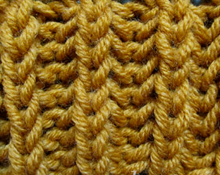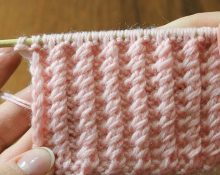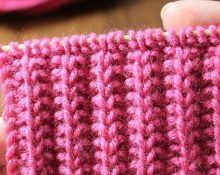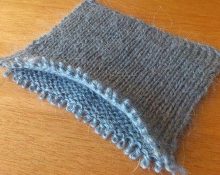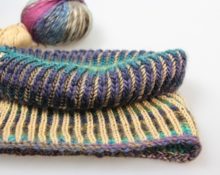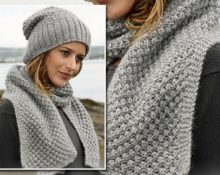For winter items, the volume of the canvas is welcome. To make the hat as warm as possible, it is knitted in 2 layers or 2 threads. But there are patterns that allow you to insulate by creating volume. Among them is English elastic - an elastic pattern that produces surprisingly impressive products.
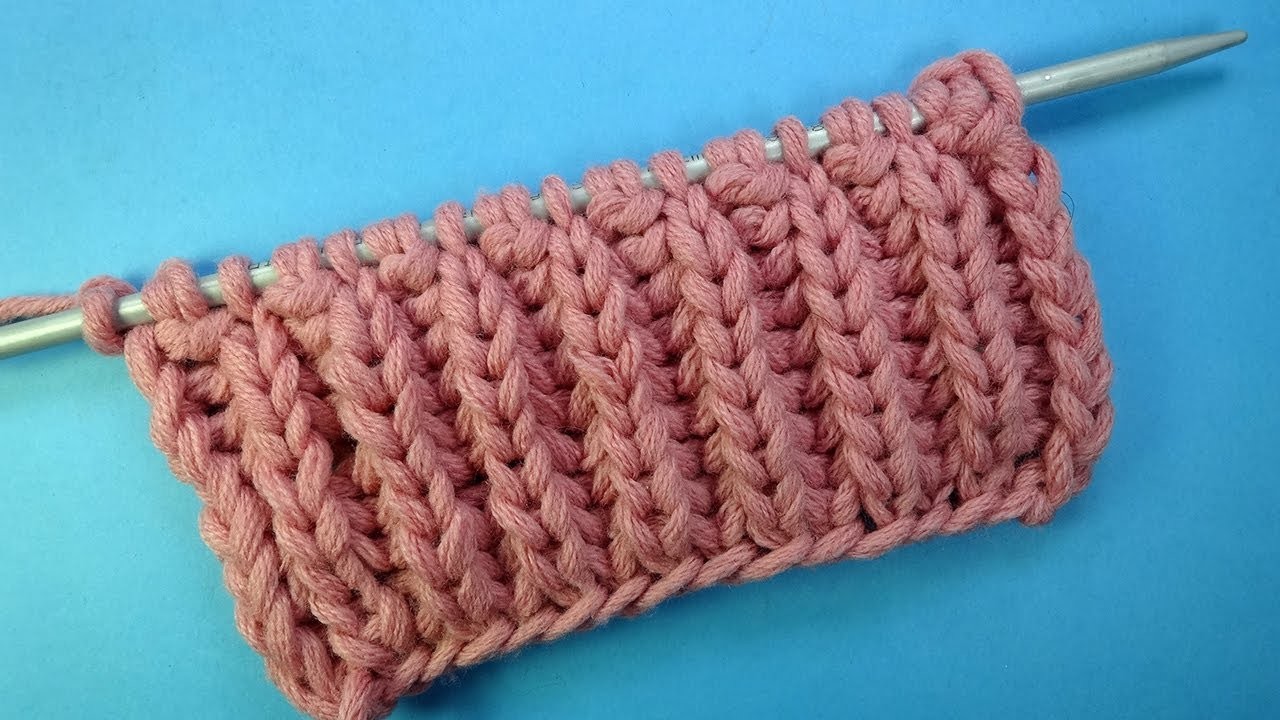
English gum and its features
Otherwise it is called patent and is used for knitting many things. The pattern looks especially interesting in sweaters and cardigans, on hats, scarves and snoods. It can also be used for home textiles. The pattern is truly universal, but for a successful result it is worth taking into account a number of its features.
With English elastic you can knit the entire fabric of the product, and decorate only the edges or neck. The stretch here is slightly higher than usual. Therefore, for the bottom you can use either thinner knitting needles or a simple elastic band. For all its positive qualities, the English variety has one unpleasant feature.It takes noticeably more yarn, and this must be taken into account when purchasing threads.
Advice! It's always better to buy an extra skein of yarn than to suddenly run out of yarn at the end of a labor-intensive process. From the leftovers I create a blended yarn by combining two threads that look good together and knit a hat or snood.
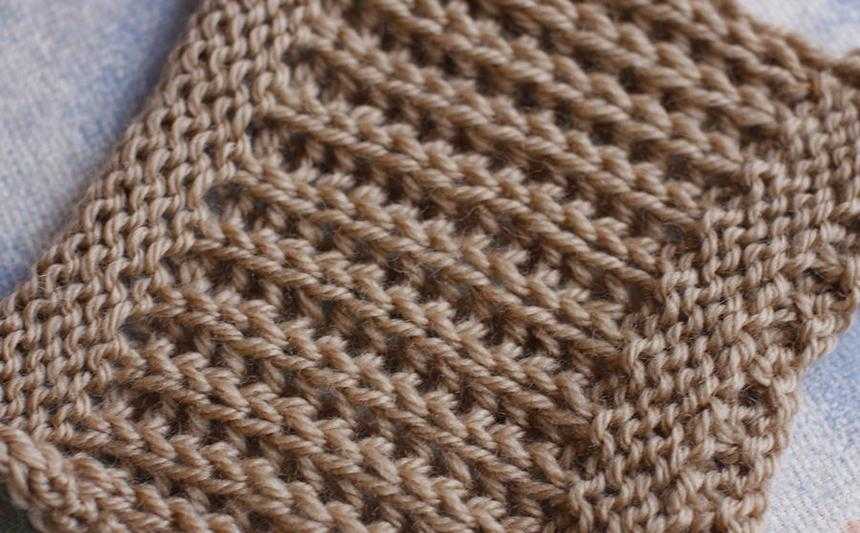
Technicians
English elastic, like any elastic pattern, is an alternation of front and back loops. With one distinctive feature inherent in all patent fabrics - the presence of a yarn over. It is this that allows the pattern to be highly stretchable and voluminous. Below I will talk about several knitting techniques that can be used to create this amazing pattern and even make it more interesting.
Classic straight knitting
It all starts with casting on an odd number of loops. The two extreme ones are edge ones. The first one is knitted, a straight yarn over is made and the next one is removed on the right needle without knitting. This is how it is knitted until the end of the row, the last one is knitted purlwise. In the 2nd row, a yarn over is made in front of the purl one, the loop itself is removed without knitting, and the front loop, which forms a kind of cross with the yarn over from the previous row, is knitted together with it. Further work is based on the same principle.
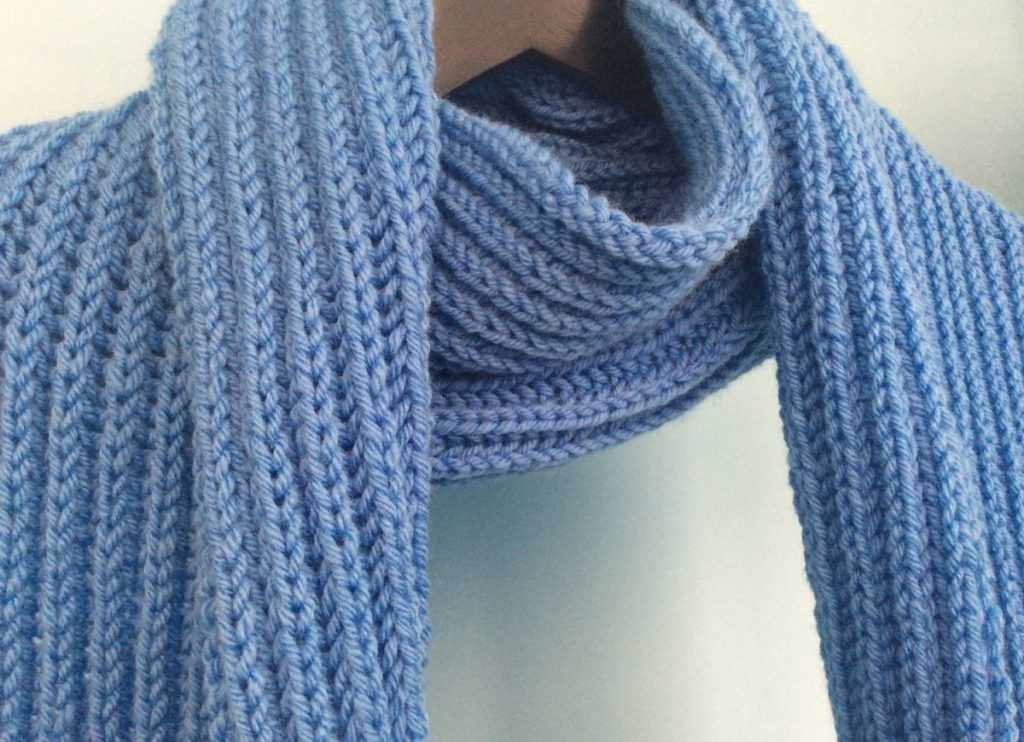
On circular knitting needles
Cast on an even number of loops, close the knitting in a circle and knit the first row with a regular 1*1 elastic band for less stretching of the edge. In the second row, a yarn over is made in front of the front one, the front one is removed, and a purl loop is knitted. In the third row, everything changes places: the front one is knitted together with the yarn over from the previous row, and before the purl one, a new yarn over is made and the loop itself is removed onto the right knitting needle.
How to knit a two-color English rib
An unusually bright version of an already spectacular pattern is done as follows:
- The first row is knitted similarly to the classic method with thread 1.
- In the second, thread 2 is taken, the edge knit is knitted, then 1 yarn over, the loop is removed without knitting, knit 1 is knitted with a cross yarn over. The last edge is the front one.
- The work is not turned over, thread 1 is taken, the edge stitch is not knitted, and the double crochet loop is purled. Yarn over and slip off the next stitch. We knit to the end of the row, the edge is knitted.
- We turn the work over, knit with thread 2, remove the edge, yarn over, threading the knitting needle into the loop from behind. The double crochet loop is knitted purlwise. The edge at the end of the row is purl.
- We do not turn the work over, we knit with thread 1. The edge is removed, a loop with a crochet is knitted, then a yarn over and the next one is removed from the back. The last edge is purl. This is how the entire product is knitted.
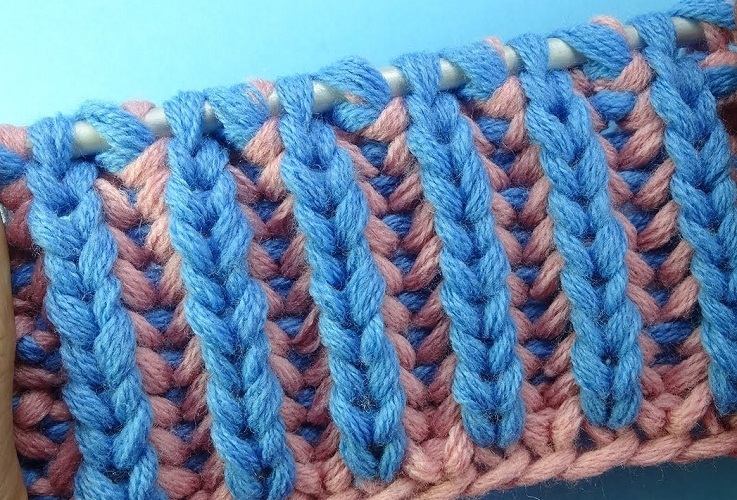
False English gum
Significantly simplifies the work on this pattern. You need to cast on a multiple of 4 loops with two edge stitches. In the first row - 2 knit, 2 purl. In the second - 1 purl behind the back wall, 2 purls, 2 knits. Of course, this option will not be as voluminous, but this is the only difference. Externally, the canvases are very similar, and the advantage will be the absence of deformation of the product after wear.
Faceted or double
This is an option corresponding to a regular 2*2 elastic band. To knit such a pattern, perfect for pullovers and cardigans, cast on loops in multiples of 6 with two edge stitches.
- 1st row - remove the edge, remove the next 2 stitches together with yarn overs, 2 times 2 stitches together with the front one. The last edge is purl.
- 2nd row - remove the edge stitch, remove the next 2 stitches together with yarn overs, knit the next 2 stitches with yarn overs from the previous row. The last one is purl.
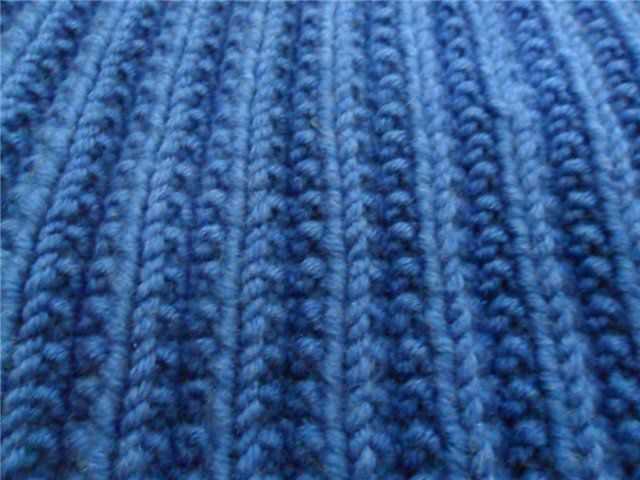
@id.pinterest.com
Some useful tips
This pattern has its own characteristics associated with adding, decreasing and closing loops.
- In order not to knock off the pattern, the loops are reduced three at a time.
- Adding loops is also unusual - using a broach, a loop is added, first a knit stitch is knitted into it, then a yarn over and a knit stitch again.
- To neatly close the edge of the product, it is better to switch to a simple 1*1 elastic band in the last row and close the work using a double thread so as not to narrow the edge.
English elastic is an excellent option for winter insulation. It makes amazing hats and scarves. It requires perseverance and a lot of yarn consumption, so beginners should start with small items to get the hang of it and fall in love with this unique pattern.


 0
0